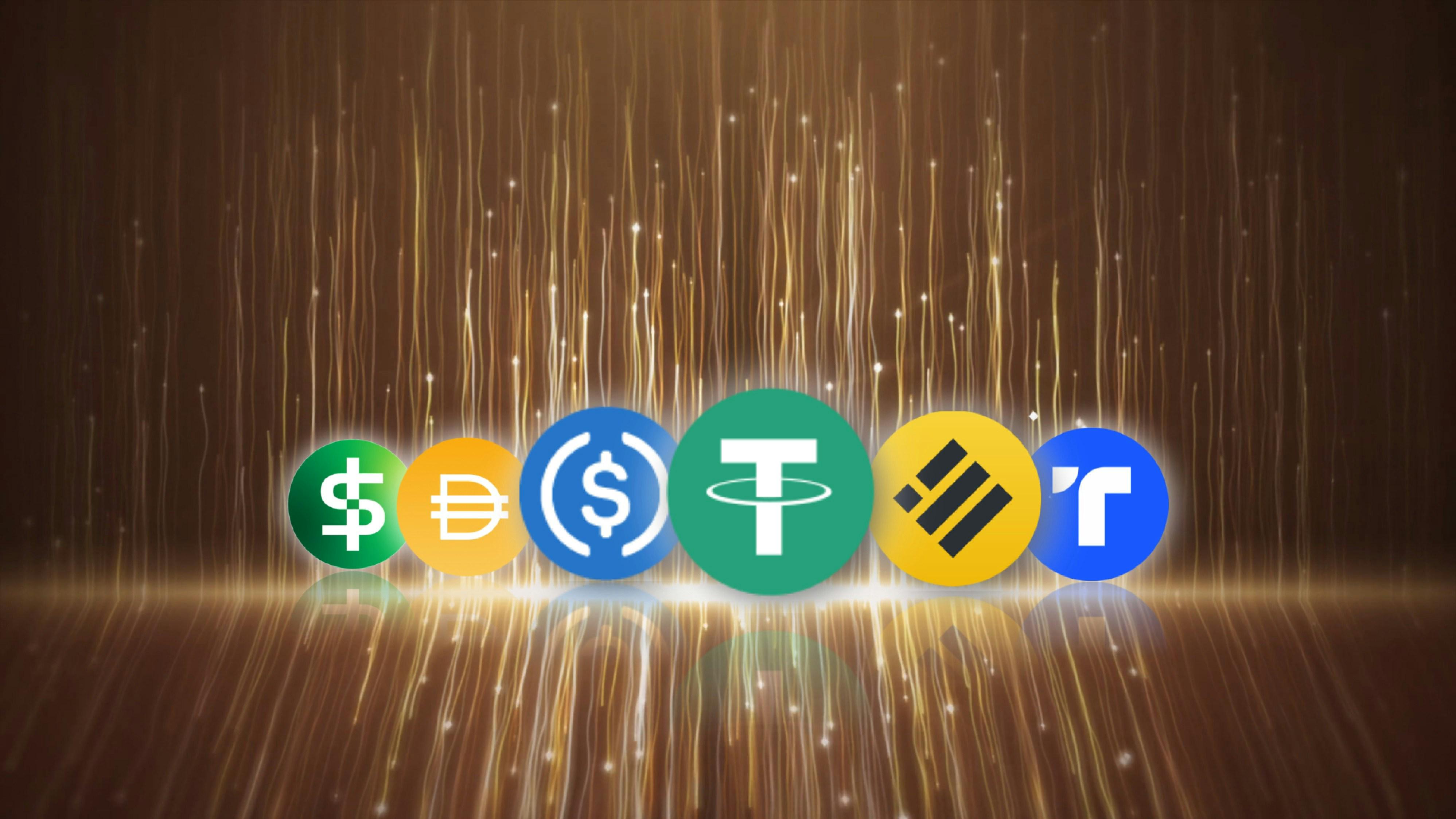Introducing Arweave’s Tech Ecosystem (Part 2)
This post is based on the speech that outprog, the everFinance’s founder who proposes the SCP (Storage-based Consensus Paradigm) theory, gave on BeWater Live. It is intended to give you the whole picture of Arweave’s tech ecosystem by delving into Arweave, SmartWeave and SCP, as well as the two-layer model that integrates PoW and PoS.
This post is divided into three parts, each of which centers on the following content:
- Why is perpetual storage economically viable
- How does Arweave ensure miners store all the data
- Blockweave technology
- Implicit incentive mechanism
- SmartWeave
- Storage-based Consensus Paradigm
- The Web3 Era of Infinite Scaling
- everPay Architecture
3. The Two-layer model that integrates Permanent Storage and PoS
- The Design of KYVE
- The Design of Koii that Integrates Permanent Storage and Pos
- Conclusion
SmartWeave and SCP
This is the second part of “Introducing Arweave’s Tech Ecosystem”. This post will discuss perpetual storage and consensus computation.
1. SmartWeave
When I first learned about Arweave last July (2020), I was aware that it would be a game-changing underlying blockchain. It occurred to me that a blockchain or cloud storage designed for perpetual storage could be considered as a tape of a Turing machine.
As we all know, a Turing machine is composed of a state machine and an infinitely long tape. Arweave is ideal for serving as a tape. We can write a program that is able to perform any computation and store it in Arweave with all the data.
For example, when you create a financial statement using Excel on your personal computer and send it to others, they cannot confirm whether your financial statement is authentic.
However, if the hard drives of the computer are replaced with a storage blockchain, the financial statement can be trusted with all the data stored on-chain and computations done by independent clients in a distributed way.
Hence, we believe that as long as the data stored on-chain is trustable, computations can be performed in any compute unit and the results computed on immutable data via a deterministic program are unique and trustable.
In Bitcoin, the ledger is created using the PoW mechanism, which helps build a consensus. However, with Arweave using hard drives instead, each operation and its steps performed on your personal computer will be recorded on-chain.
Hence, the current state is always traceable and verifiable. Although it seems to be a radically new model, it is actually a classical model that returns to the essence of computers. It ensures that every file is traceable and immutable with no need to perform computations on-chain like Ethereum.
As long as a deterministic program is uploaded to Arweave, it can be downloaded by anyone and can automatically load the data on-chain to perform computations. In this case, any computation result can be considered as an objective fact or a consensus. So how is SmartWeave able to make all this possible?
SmartWeave is a virtual machine that runs off-chain. It can read the running code of applications, load all the input parameters from Arweave, and then locally execute each of the transactions required. After that, Smartweave syncs up with the latest Arweave block so that it can generate the latest finalized state.
The code of smart contracts is not executed on-chain at all.
Arweave can guarantee the authenticity of the code stored in an Arweave transaction, which can be a token contract, for example. The state of the contract and all the relevant operations are the outcome of users sending Arweave transactions.
Although it sounds perfect, SmartWeave has a weak spot for its inability to avoid DDoS attacks. A DDoS attack means that a hacker sends a massive amount of invalid transaction data that will not be executed successfully.
Since SmartWeave cannot tell which data is valid before executing transactions, the SmartWeave clients have to keep loading the data to compute the results. If there are multiple gigabytes of invalid transactions, SmartWeave will suffer from low availability, but its security and consensus remain unaffected.
2. Storage-based Consensus Paradigm
Figure 1 shows the Bitcoin model. Before you make a transfer using Bitcoin, you need to run a full node or SPV node on your personal computer to recompute Bitcoin’s ledger.
However, since 2017, the proxy model adopted by MetaMask and imtoken has gained popularity. In this model, application operators deploy full nodes on Ethereum and Bitcoin for users to request data and send transactions.
Similar to the Figure 1 Bitcoin model, the SmartWeave model requires users to perform computations and send transactions on their own. However, in the proxy model shown in Figure 2, proxies like MetaMask can display a false balance for users, but they cannot change the consensus.
Whoever performs a computation on the consensus data through a specific program must obtain an identical and unique result. Anyone who runs a node is unlikely to obtain a false state by computation. The same goes for SmartWeave — all the calculated results are finalized.
Taking one step further, we can discover that users no longer need to interact with blockchains on their own. Instead, they only need to access the application clients that interact with blockchains.
Take SmartWeave for example, it depends on an application client, which can be run on the provider’s server, to perform off-chain computations. A perpetual storage blockchain allows the server to be a deterministic and traceable program with the same characteristics as a blockchain.
1) Relative Consensus and Absolute Consensus
Why do users no longer need to access blockchains directly? To find out the answer, you need to understand the concepts of relative consensus and absolute consensus.
For example, an eth node shown on the left is deployed by imtoken. When you send a transaction using imToken, the transaction is relayed to the eth node via the imToken gateway.
In this case, you completely trust a third party that can forge data, which is called relative consensus. On the contrary, if you deploy a node on your own to execute all the transactions without relying on any third party, this is called absolute consensus.
The proxy model allows users to use many DeFi products, which usually provide an APR for yield mining. To obtain an actual and reliable APR, users must perform computations on their own.
When users rely on centralized nodes to provide slightly abstract data like APR, the third-party servers can offer a false APR to them, but they cannot change the consensus on transfers. To go one step further, third-party nodes can be trusted to compute the basic information of transfers like balance. They simply need to provide a user-friendly API.
So we’ve built the Trusted APP model, in which a Trusted App takes the place of blockchains to interact with users. Decoupling users from blockchains is the key to lowering the user threshold and increasing TPS.
2) Trusted APP
This model has the following advantages:
- Composability
The Trusted APP offers composability on the basis of data partitioning. When composing with each other, Application A can download the data of Application B from the storage blockchain and verify it according to the business rules of Application B, thus achieving multi-ledger verification.
It allows us to only integrate the data of applications that we care about for verification. This model greatly improves the composability of traditional businesses using a blockchain. It reminds me of the days when I worked at a bank.
During the period, I was responsible for multi-party account checking and found it painful to do it in a traditional way. Everyday I was sent a text file to check my ledger with the third-party ledger. Such a semi-manual method is error-prone. If any error occurs, reversal is required.
However, with Arweave storing all the data, the multi-party account checking can be done via an automated program. This can help create a ledger that is very close to Bitoin’s. All the DeFi and traditional applications can be composed in this way so that account checking can be done per block instead of per day.
- Low development barriers
The storage-based consensus paradigm greatly reduces barriers to development. As I once demonstrated, it is quite simple to write a SmartWeave contract with custom states in JavaScript.
Imagine that the balance state of an application is state.balance, the registration state of an email address is state.registered, and the state of a perpetually stored file is state.file_id. The paradigm makes development quite simple and flexible without any limitation to programming languages.
The PST tokens on Arweave conform to a specific standard like ERC20 tokens and have some general APIs for states. However, there is no restriction on the development of Web2 and Web3 applications so that developers can flexibly utilize the advantages of SmartWeave.
More importantly, you do not have to write smart contracts in JavaScript or use SmartWeave. As far as I am concerned, SmartWeave is just one of the examples of the storage-based consensus paradigm.
With its perpetually trustable storage supporting consensus computation, Arweave becomes a tape of a Turing machine so that you can build any Turing-complete application. And you can go even further by replacing SmartWeave with your own back-end program, which will have the outstanding properties of a blockchain.
Given that SmartWeave can’t prevent DDoS attacks, we have transformed its model by using a high-performance back-end server instead to receive users’ transactions. Despite its resistance to DDoS attacks, the improved model has a disadvantage because the independent back-end server can filter and censor users’ transactions.
However, the back-end server is unable to change the objective states because all the transactions included into the chain are signed by users themselves. The improved model can resist DDoS attacks that SmartWeave is vulnerable to, while offering the same development mode as Web2.
- Infinite TPS
Besides, the TPS of applications is infinite because the server can roll up a batch of 10,000 or 100,000 transactions in a single block and then include it into Arweave. In this process, a temporary state will be waiting in line.
A batch of transaction data is rolled up into Arweave every 5 to 10 minutes so that the corresponding state will be finalized. No matter what server your program runs on, you can easily build a trustful Web3 application by using Arweave as perpetual storage.
To make this model more abstract, you can build a Web3 application by combining a storage blockchain with AWS or Google Cloud. With Arweave guaranteeing the immutability and traceability of input data, a deterministic business program can ensure the uniqueness and finality of output data.
How can we apply this model to DeFi? The API of a Trusted APP offers real-time data verification and inclusion into the chain. Multi-party ledger verification is required in the DeFi field. When integrating a token or a lending protocol like Compound, a DEX needs to download their business programs and historical data from Arweave.
For example, it can integrate the JavaScript code of SmartWeave for calculation and data verification. You can write your own program in any programming language like Golang or Rust to convert the deterministic rules of other applications into the language that you use. And you can integrate these applications into your own one simply by using their SDKs.
3) The Web3 Era of Infinite Scaling
The storage-based consensus paradigm is expected to create a Web3 era of infinite scaling. As shown in the figure above, on the left is the token payment and settlement protocol everPay, on the right is an AMM program, and at the bottom is SNX.
All these applications store their business data on a storage blockchain with their consensus data computed by detectors. They communicate with each other via HTTP in real time, and the communication results can be verified and reversed afterwards. Since everPay can obtain all the data of the AMM and check the AMM’s consensus with a specialized program, it can compute the final state of the AMM. As long as the latest data of the AMM is rolled up into the storage blockchain, the three applications will obtain the same result when computing the AMM’s state.
everPay can tell if other applications are deterministic and fraudulent. The applications interact with each other via traditional Web2 APIs in real time. Once the data is included into the chain, the entire state will be finalized.
Hence, the temporary state generated during interaction will also be finalized. Besides, the storage-based consensus paradigm does not require each of the applications to use the same storage blockchain.
To be specific, an application that uses Arweave can still compose with another application that uses a different storage mode. For example, an AMM uses a storage blockchain different from everPay. If everPay wants to verify the AMM, it can read its data directly from the storage blockchain used by the AMM for computation and verification. That is how composability is realized.
3. everpay
everPay is a dApp of both Ethereum and Arweave. When using everPay, we can directly connect to it via the Ethereum wallet MetaMask, or the Arweave wallet ArConnect. In the future, everPay will add support for more blockchains such as Solana and Near. The flexibility of off-chain computation allows us to build various cryptographic implementations with Golang. For now, everPay is more like a Layer 2 application that offers real-time token transfer and a bridge between Arweave and Ethereum.
Before using everPay for the first time, you need to make a deposit. In everPay, all the assets are managed by a DAO, whose members have a multisig contract on Ethereum and Arweave respectively.
When you make a deposit to an address managed by the DAO, the transaction will be sent to everPay, which will check if the transaction is confirmed by 15 blocks on Arweave. If the transaction is validated, the deposit will be mapped 1:1 to everPay. It means that the deposit address will hold the same amount of newly-created tokens, which can be controlled by the original wallet.
When you transfer, for example, 1 USDC token, the receiver address can be an ETH or AR address. Any ETH or AR address is considered a valid everPay account. When making a transfer, you need to sign the transaction via MetaMask.
In the figure above, you can see the transfer amount and the fee of the transaction, which will be directly sent to the server. If you switch to the receiver wallet on Arweave and connect it to everPay, you will find its address is totally different from the ETH address. And you will see the transfer transaction in the transaction history of your everPay account.
By performing computations off-chain, everPay offers extremely high performance. Similar to PayPal and Stripe, everPay can utilize various back-end programs to build high-performance applications. However, all the everPay transaction data will be rolled up into Arweave so that the everPay ledger has the same characteristics as a blockchain.
everPay Architecture
The entire architecture of everPay is shown in the following figure. It contains three roles:
Coordinator:
The coordinator is analogous to the sequencer in a zkRollup. All the users’ transactions are sent to the coordinator for real-time computation on a first-come, first executed basis, so as to get finalized.
Since users’ transactions are confirmed as soon as they are received by the coordinator, there is no such thing as a pending transaction in everPay. If a transaction is sent successfully, it will be added to a transaction pool and wait for being included into the chain; if not, it will return an error to the front end and will not be added into the pool. The transactions in the pool are included into Arweave by batches every 5 to 10 minutes.
The business program run by the coordinator is consistent with those run by watchmen and detectors. Each role loads data alone from Arweave for independent computation and verification.
Detector:
Similar to Infra, a detector offers all the transfer and balance information after it is deployed. Users can obtain the ultimate state of the ledger from detectors.
Watchman:
A watchman takes charge of multisig governance in cross-chain interactions. It can be considered as a detector in control of a private key. When a watchman detects any withdrawal data on Arweave, it will create a withdrawal proposal. If you want to withdraw tokens native to Ethereum, watchmen will verify your transaction and sign a withdrawal proposal. Your transaction will be executed on Ethereum or Arweave only when it is signed by over 51% watchmen.
The ledger synchronization among watchmen, detectors and the coordinator completely depends on Arweave instead of P2P communication. All the roles will verify the entire ledger on their own. After verification, watchmen need to sign a proposal.
Building applications on top of the SCP with Arweave as storage infrastructure will become a real trend in the Web3 era. everPay is a typical Web3 application that offers nearly the same TPS as a traditional Web2 application and operates as a DAO.
Take mirror.xyz as an example. We published the everPay lightpaper on Mirror. Although Mirror runs on a centralized server, all the file data is stored in Arweave, while the corresponding NFTs are minted on Ethereum, which is completely in conformity with the SCP model.
Perpetual storage is the key to the SCP. By using a blockchain like Ethereum as the back end, your applications do not need to run completely on-chain or in a fully decentralized way. In fact, decentralized storage allows users to store their files permanently via a centralized service instead of sending a transaction on their own.
Furthermore, asset transfer might also benefit from the SCP model. By expanding the value flow, everPay does not require users to send transactions on their own. It allows asset mapping cross-chain, making blockchains on longer difficult to use.
everPay currently supports Arweave and Ethereum, and will be able to integrate any blockchain in the future. everPay offers real-time transfers and almost the same user experience as traditional transfers.
It will add support for smart contract accounts, which are costly on-chain, but are much cheaper off-chain. everPay’s smart contract accounts will provide decentralized security and an optimal user experience at a relatively low cost in consensus building.
1.资讯内容不构成投资建议,投资者应独立决策并自行承担风险
2.本文版权归属原作所有,仅代表作者本人观点,不代表本站的观点或立场
您可能感兴趣
-
 解读CKB版 “闪电网络” Fiber Network:比特币可编程性扩展的另一种思路
解读CKB版 “闪电网络” Fiber Network:比特币可编程性扩展的另一种思路作者:NingNing行业周期与宏观金融周期共振,加密行业正处在与 2019 年相似的整体性迷茫之中,现阶段不仅流动性枯竭,叙事貌似也在枯竭。市场不但对 VC 叙事兴趣阙如,对反 VC 的 Meme 叙事也已经疲倦。就像每次哲学危机,人们都会回归柏拉图寻找出路,当加密行业危机时,我们也需要回归比特币、回归中本聪。正如 CKB 生态 RGB++ 协议创始人 Cipher 在最新 Blog 里所阐述的,加密行业需要对以太坊 “链上计算” 的路径依赖进行反思,回归P2P经济学,让计算归于链下,让验证归于链上。因
-
 面对NFL球员工会起诉,“退圈”的DraftKings竟主动承认NFT是证券?
面对NFL球员工会起诉,“退圈”的DraftKings竟主动承认NFT是证券?作者:Zen,PANews近日,美国国家橄榄球联盟球员协会 (NFLPA) 指控数字体育娱乐和游戏公司DraftKings 逃避了其 NFT 球员许可协议的付款义务。在放弃NFT业务后,涉嫌出售未注册证券而遭到集体诉讼的DraftKings又背上了一起官司。而有趣的是,在与NFLPA的纠纷中,DraftKings的立场似乎已从反驳转变为积极承认“NFT就是证券”。放弃NFT业务:驳回集体诉讼的动议遭到否决今年7月底,Draftkings在给用户的电子邮件中表示:“经过慎重考虑,DraftKings 决定终
-
 简析两种最新比特币智能合约实现方案:OP_NET与Arch有何区别?
简析两种最新比特币智能合约实现方案:OP_NET与Arch有何区别?作者:Cookie过去半个月,OP_NET 与 Arch 这两个比特币主网上的智能合约实现方案引发了较多的讨论。有意思的事情是,OP_NET 这个名字与大家熟悉的 OP_CAT 很像,都以「OP_」开头,具有很强的、让大家认为这哥俩差不多的迷惑性。所以,在开篇要和大家先提一嘴 OP_CAT。首先,OP_CAT 是比特币操作码,从去年开始有以「量子猫」Quantum Cats,也就是「大巫师」Taproot Wizards 的创始人 Udi Wertheimer 为首的社区力量一直在呼喊要「复活」OP_CA
-
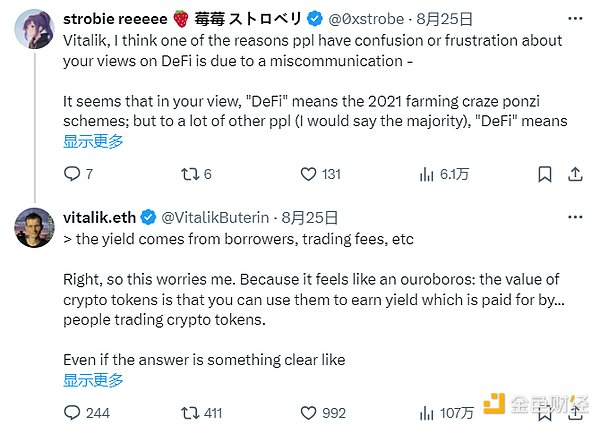 争议不断,以太坊正在失去“万链之王”的权威
争议不断,以太坊正在失去“万链之王”的权威作者:Climber,金色财经近期围绕以太坊的话题和争议越来越多,不仅 Vitalik 本人需要下场解释观点,就连以太坊基金会也要发布公告来平息社区的质疑声。在本轮牛市周期中,以太坊的表现可谓平平。而美国以太坊现货 ETF 的通过也并未让 ETH 走势如投资者期待般爆发,相反却在币价方面越走越低。这就不免让有着「万链之王」美誉的以太坊逐渐失去投资者和社区的尊重,进而质疑起有关以太坊的方方面面。争议不断,以太坊亟需重塑权威最近一段时间以来社区成员对 Vitalik 言论观点、以太坊基金会乃至以太坊生态系统的
-
 从《黑神话:悟空》谈起,GameFi何时能取得真经?
从《黑神话:悟空》谈起,GameFi何时能取得真经?作者:YBB Capital Researcher Zeke前言本文是市场垃圾时间中的一些闲聊,需要对传统游戏市场有一定程度了解。大家可以把这篇文章当作日记或者随想观看,这些只是我在游玩《黑神话:悟空》之后对GameFi的一些粗浅思考,以及对这个赛道未来的看法。一、游戏科学的九九八十一难三天全网销量破千万、Steam玩家同时在线峰值破235万、多家品牌联名周边销售爆火、国家级媒体多次采访、多个游戏取景地可凭游戏通关记录终身免费进入、86版《西游记》YouTube观看量超400万。以上,是《黑神话:悟空》上
-
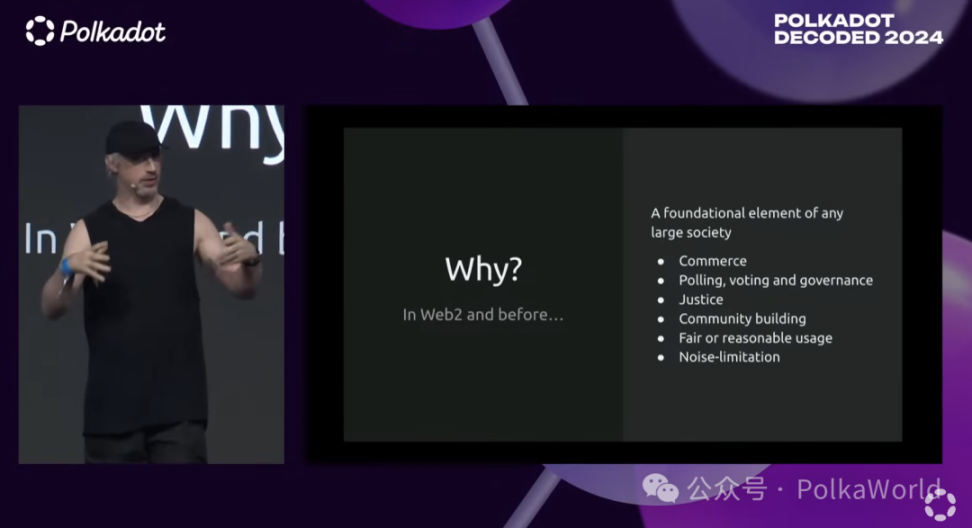 Gavin Wood:如何防止女巫攻击进行有效空投?
Gavin Wood:如何防止女巫攻击进行有效空投?演讲:Gavin WoodGavin 近期一直在关注的女巫攻击(civil resistance)的问题,PolkaWorld 回顾了 Gavin Wood 博士在 Polkadot Decoded 2024 上的主题演讲,想要探究 Gavin 在如何防止女巫攻击上的一些见解。什么是女巫攻击?你们可能知道,我一直在研究一些项目,我在编写灰皮书,专注于 JAM 项目,也在这个方向上做了一些代码的工作。实际上,在过去的两年时间里,我一直在思考一个非常关键的问题,这个问题在这个领域中非常重要,那就是如何防止女巫
-
 市场热议,链抽象将成加密新叙事?
市场热议,链抽象将成加密新叙事?2024年,加密货币领域的技术创新持续加速,链抽象(Chain Abstraction)逐渐成为行业内的焦点。链抽象技术的核心在于通过隐藏底层技术的复杂性,让用户能够更加便捷地在多个区块链之间进行操作。传统的区块链技术通常要求用户掌握不同链的操作流程,并需要应对跨链操作中的技术难题,这极大地吸引了新用户的进入。而链抽象的出现,则为这些问题提供了有效的解决方案,成为Web3建设不可忽视的重要一环。01、什么是链抽象及其作用链抽象能够将不同的区块链之间的差异整合在一个统一的操作界面中,使得用户只需一个账户即可
-
今日日报|马斯克和特斯拉赢得“被指控操纵狗狗币”的诉讼;稳定币支付平台Bridge完成5800万美元融资
今日要闻提示:马斯克和特斯拉赢得驳回指控他们操纵狗狗币的诉讼OpenAI和Anthropic已同意将其主要新AI模型在发布前共享给美国政府OKX将上线Hamster Kombat(HMSTR)现货交易X平台纽约总部将于9月13日关闭,预计将迁往得州萨尔瓦多总统布克尔成为《时代》杂志最新一期封面人物稳定币支付公司Bridge完成5800万美元融资数据:MATIC、SHIB、UNI代币头部地址持仓均超50%网龙今年上半年通过出售2.9亿元的加密货币,获利5100万元人民币监管消息美国众议院计划在9月举行多场加
- 成交量排行
- 币种热搜榜
 Pepe
Pepe dogwifhat
dogwifhat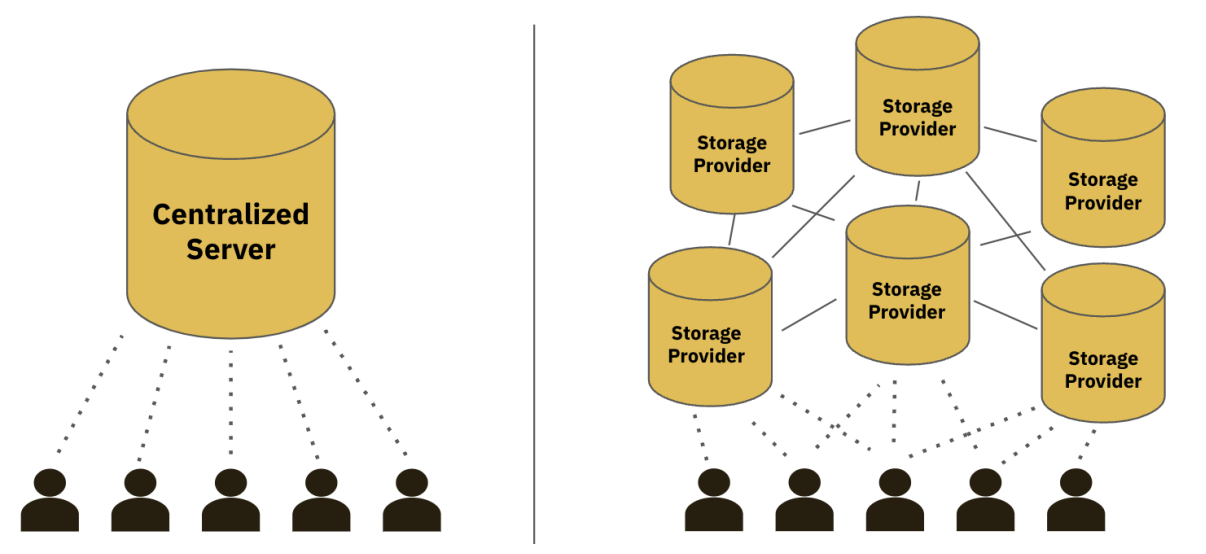

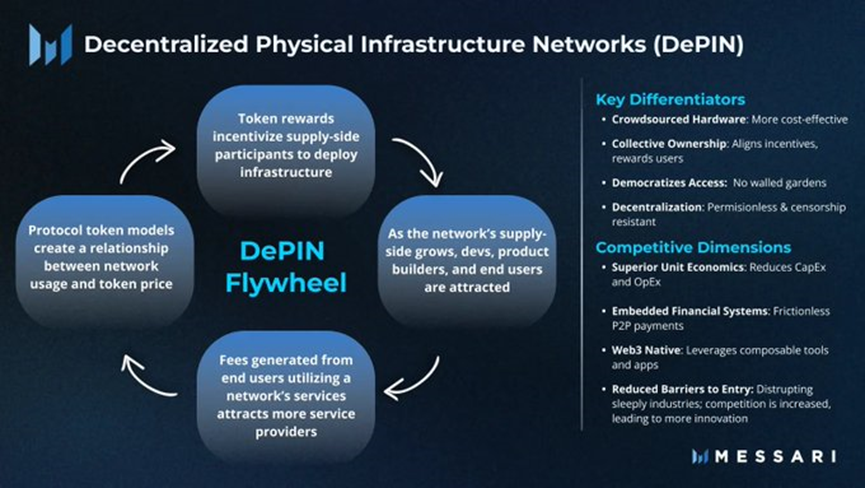
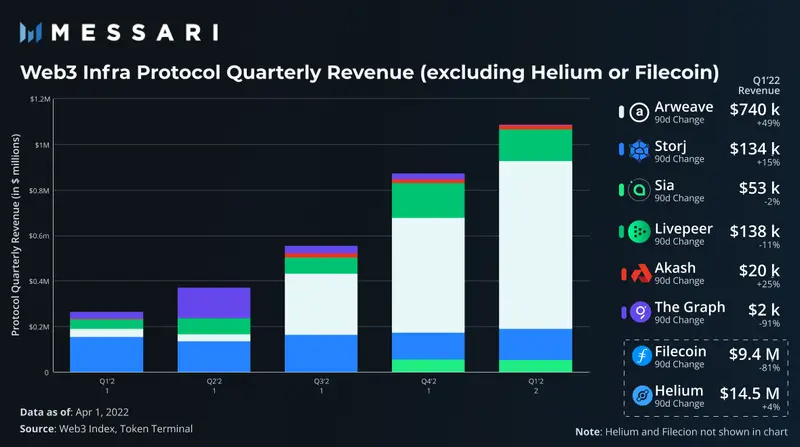

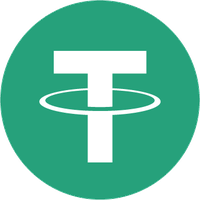 泰达币
泰达币 比特币
比特币 以太坊
以太坊 First Digital USD
First Digital USD USD Coin
USD Coin Solana
Solana 瑞波币
瑞波币 狗狗币
狗狗币 Wormhole
Wormhole 币安币
币安币 Sui
Sui Maker
Maker Fetch.AI
Fetch.AI SHIB
SHIB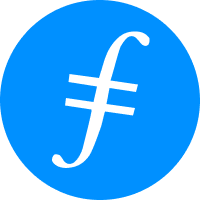 FIL
FIL EOS
EOS HT
HT CFX
CFX DYDX
DYDX FTT
FTT UNI
UNI CELO
CELO CAKE
CAKE GALA
GALA LPT
LPT